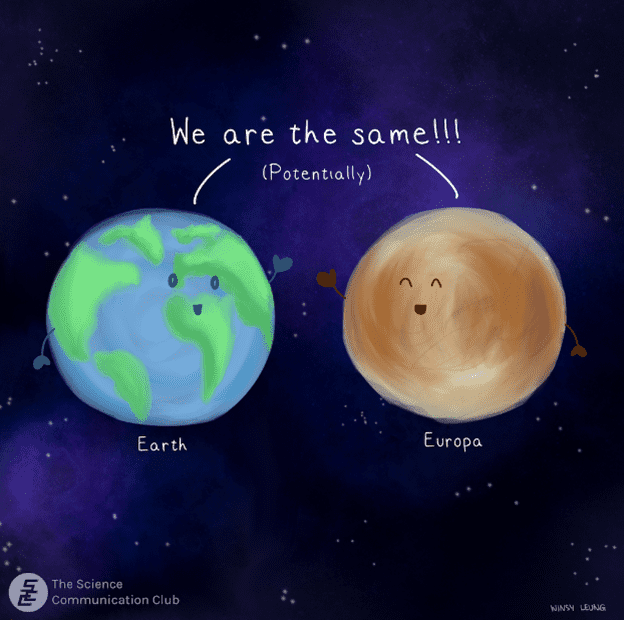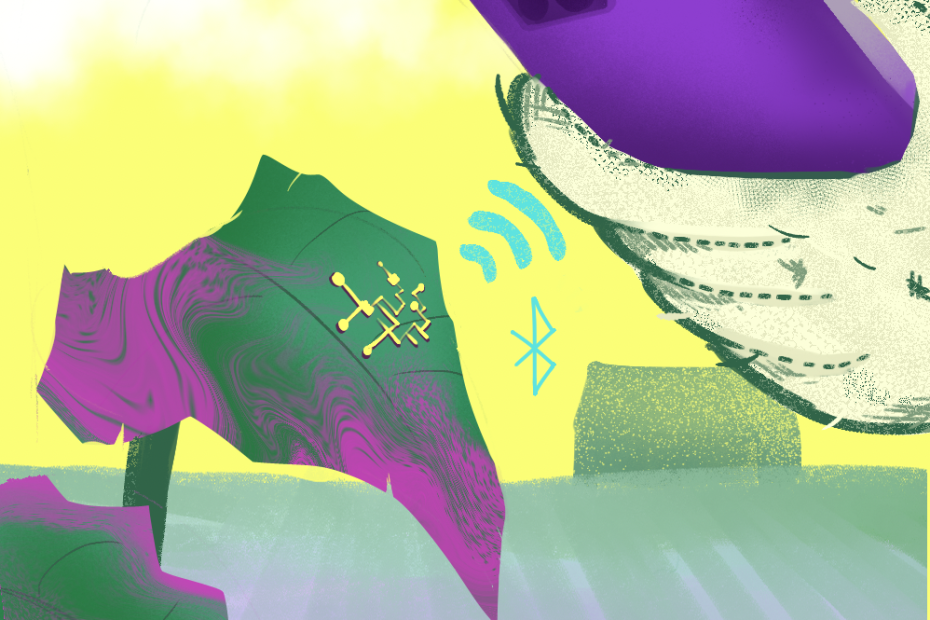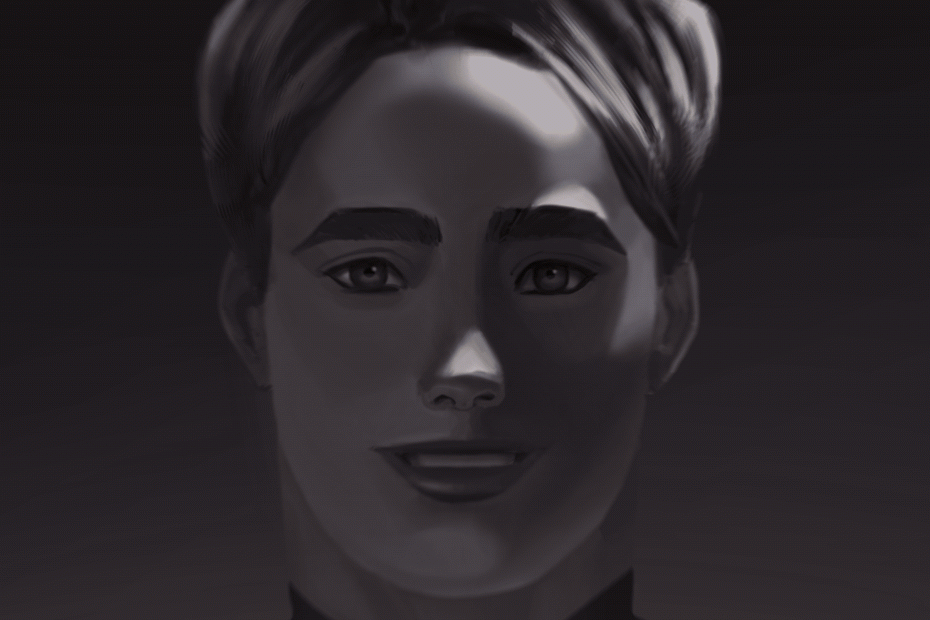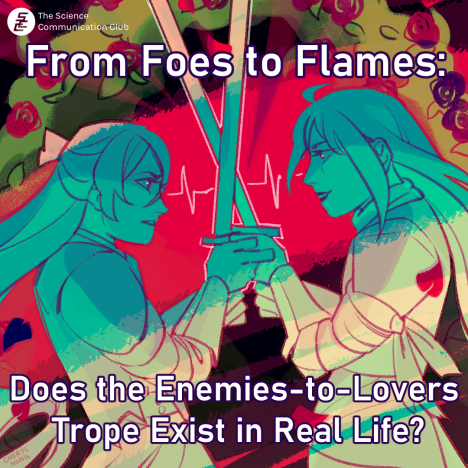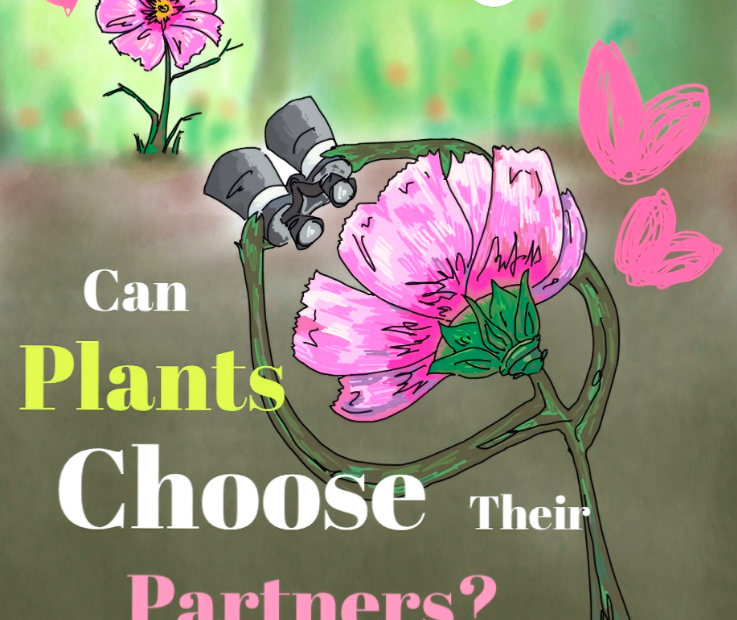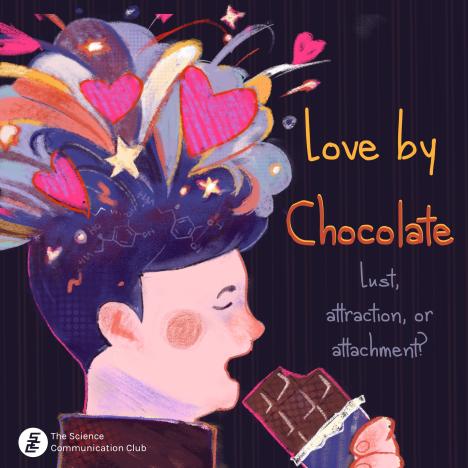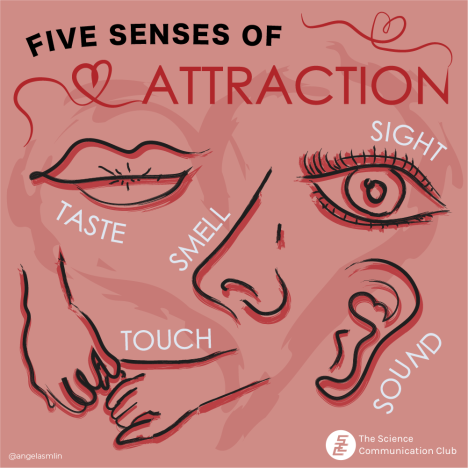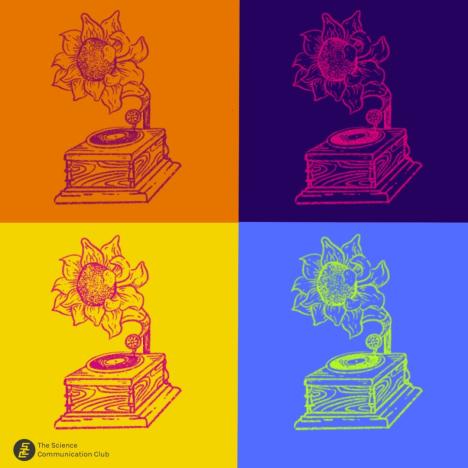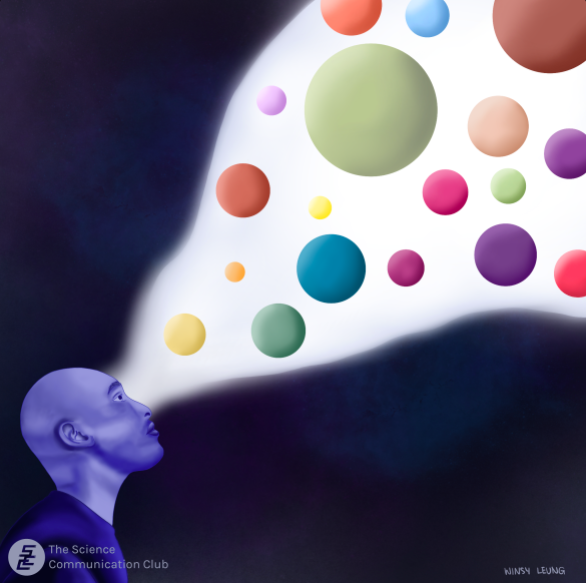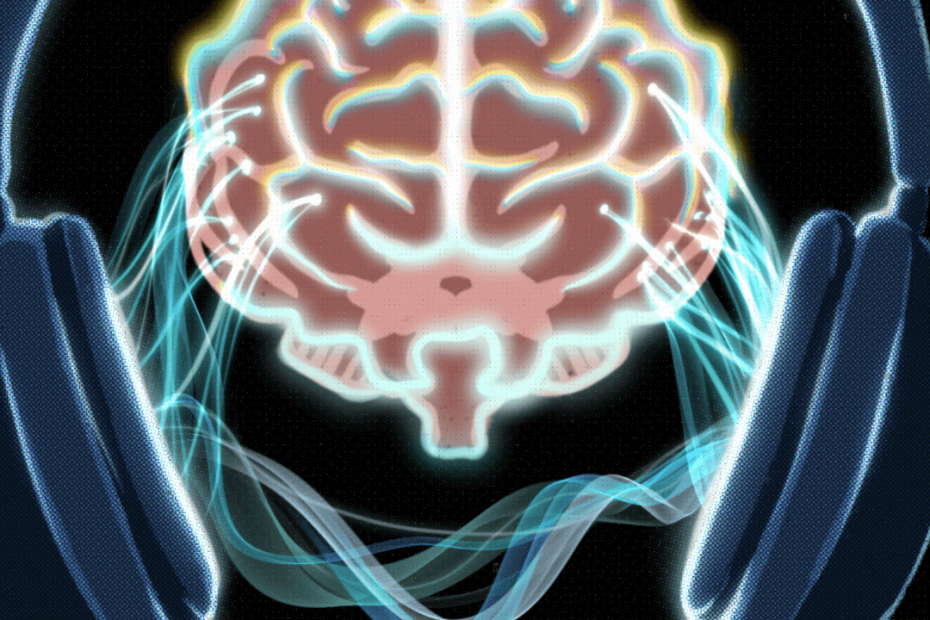Finding Carbon in the Search for Life on Europa
The concept of extraterrestrial life is often associated with outlandish science fiction hypotheticals, little gray Martians, and conspiracy theorists donning tin-foil hats. Despite its seemingly fantastical nature, scientists continually look towards the vastness of space seeking to answer the big question: Are we alone? Around 778 million kilometers away from Earth, Jupiter’s fourth largest moon, Europa, orbits the gas giant. This formerly inconspicuous moon has been the one of the centerpieces of discussion ever since scientists discovered ice on its surface in the 1970s.1,2 With recent groundbreaking findings, deniers of extraterrestrial life have certainly been given even more of a run for their money.
